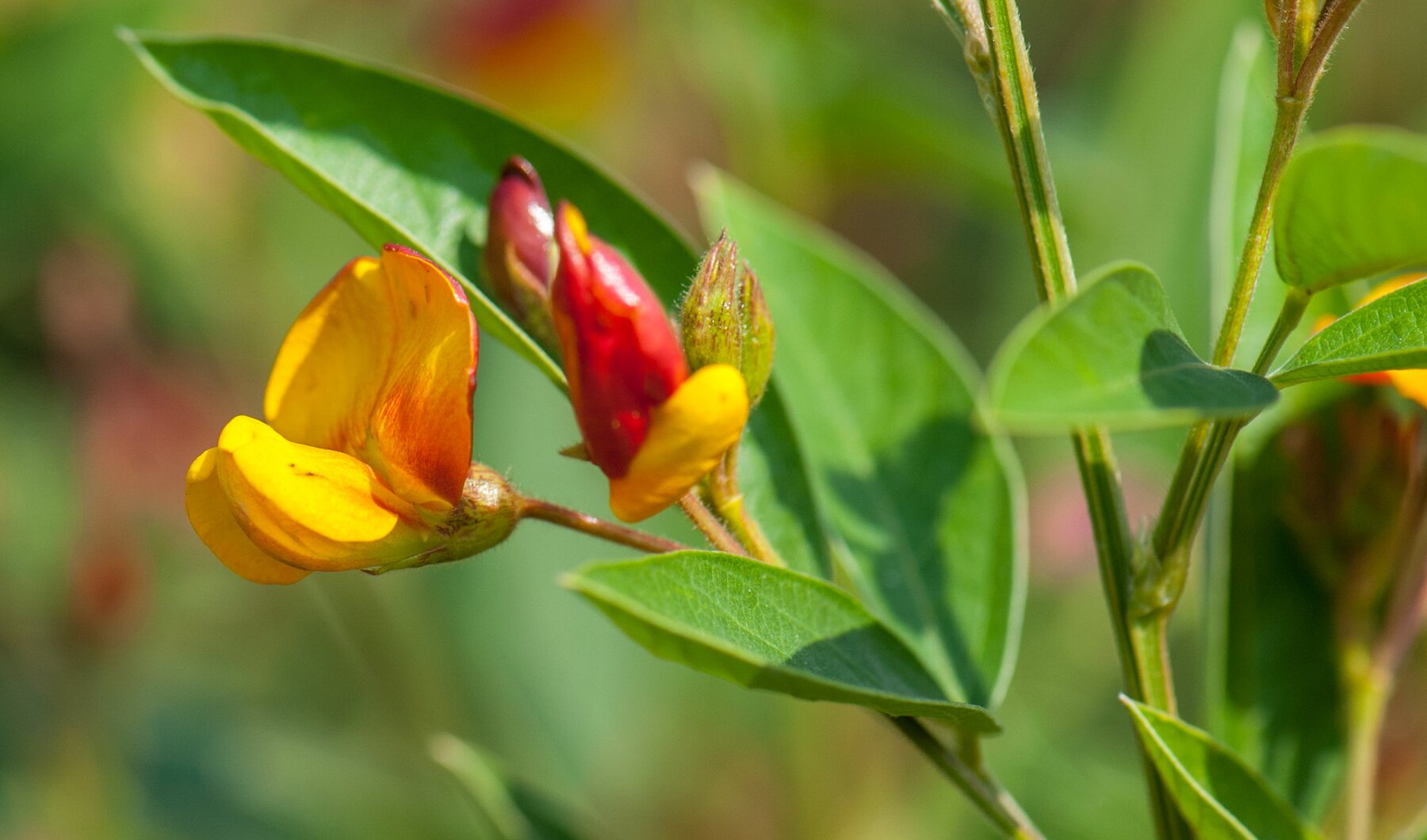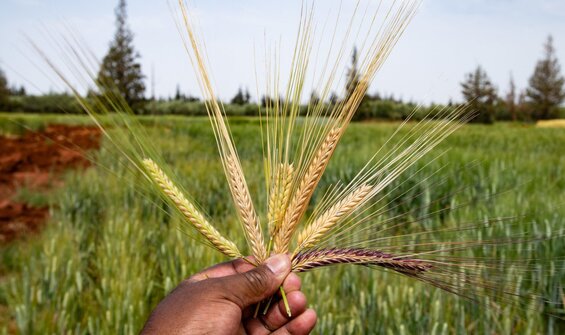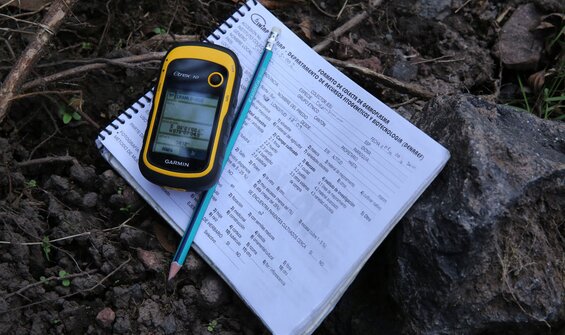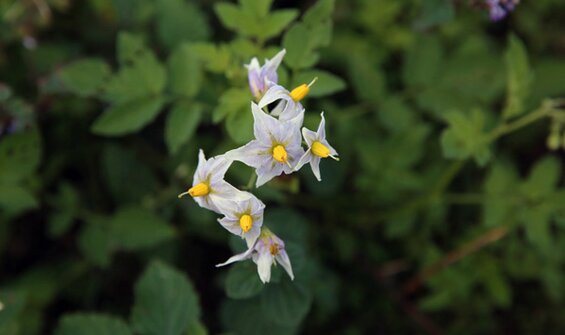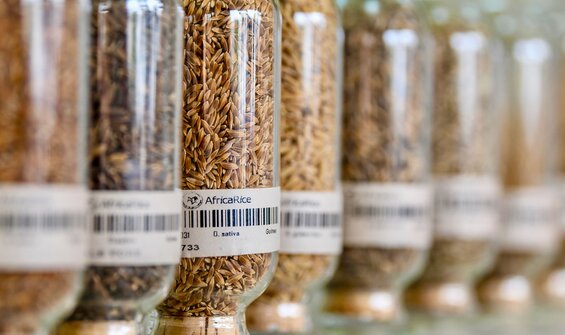Project Background
About the Crop Wild Relatives Project
The objective of the project Adapting Agriculture to Climate Change: Collecting, Protecting and Preparing Crop Wild Relatives was to collect important species of crop wild relatives, ensure their long-term conservation and facilitate their use in breeding new, improved crops.
This 11-year project was launched in 2011 with US$50 million in funding from the Government of Norway.
Managed by the Crop Trust with the Royal Botanic Gardens, Kew, the Project was implemented in partnership with national and international genebanks and plant breeding programs around the world.
What are crop wild relatives?
Crop wild relatives (CWR) are the rugged, hardy cousins of our more pampered domesticated crop plants. CWR are related to our food plants in the same way that the wolf is related to the dog. For example, Oryza rufipogon Griff. is a wild rice species found growing in several countries in Asia. Rice was originally domesticated from something very like it.
Project activities
The project included four main components: the prioritization of CWR based on a gap analysis, the collection of CWR in the field, CWR conservation in genebanks, and the use of CWR in pre-breeding efforts to prepare them for crop breeders and farmers.
1. Gap Analysis (Prioritization)
The first phase of the Project focused on the development of a global CWR inventory, an occurrence dataset, and gap analyses detailing where CWR species have not been collected before. This initial research step helped to identify and prioritize which CWR to collect and where, based on a global dataset of past collections, expert evaluations, and information on ease of use in breeding for each species.
2. Collecting and conservation
CWR have to be collected from the wild before they can be used in breeding. Under this project, more than scientists from 25 countries on four continents took part in a six-year quest to collect the wild plant species that scientists and breeders can use to make our crops more productive in increasingly challenging climates. After spending a collective 2,973 days in the field on exhausting and sometimes even dangerous expeditions, the researchers secured 4,587 seed samples of over 350 taxa of crop wild relatives—many endangered—of 25 globally important crops.
Download the Collecting Report
Once crop wild relatives have been collected, conserving them properly in ex situ collections is essential to ensure their continued availability for breeding and to safeguard their genetic diversity from extinction in the field. All crop wild relatives collected as part of this project are conserved in the national collections of the country of origin, the Millennium Seed Bank, the appropriate international CGIAR collection, and ultimately the Svalbard Global Seed Vault.
3. Pre-breeding and evaluation
The first step in using CWR in crop improvement is pre-breeding, an essential component of the Project consisting of a wide range of activities that aimed to isolate desired genetic traits (e.g. disease resistance) and introduce them into breeding lines that are more readily crossable with modern, elite varieties. The Project supported the work of 62 national and international partners in 34 countries working on pre-breeding and evaluation of 19 key crops.
4. Sharing data and diversity
Collecting and conserving seed samples of vulnerable crop wild relatives and using them to produce pre-bred lines—a kind of bridge between the weedy wild relatives and the sort of domesticated crops farmers grow—are essential steps in using crop wild relatives to adapt agriculture to climate change. But equally important is making sure that the people who can use them in this effort—researchers, plant breeders and farmers, for example—know about them and their characteristics and can get their hands on them. The Project made data on the newly collected materials available through the Genesys platform and worked with the James Hutton Institute, UK, to make data on the pre-bred materials of 15 of the 19 crops accessible through the Germinate portal. Seed samples were also shared with national and international genebanks around the world and through screening nurseries.
5. Capacity building
Information systems
Centralized systems like Genesys and Germinate are needed for international collaboration but national genebanks also need their own information systems to manage data about their collections, including crop wild relatives. The Project helped 28 national and regional genebanks across Africa, Asia, Latin America and the Near East and North Africa to improve their data management, including upgrading their information management systems and infrastructure.
Training
Capacity building was a component of all aspects of the Project. The Project provided training to more than 13,000 people from 124 institutions in 71 countries—37% of them female. This includes more than 10,000 farmers who were trained in evaluating and selecting the pre-bred lines of crops developed from crosses with wild relatives.
Priority crops
The project focused on the collecting and conservation of the wild relatives of 29 priority crops (those in bold were also subject to pre-breeding):
- alfalfa
- apple
- Asian rice/African rice
- Bambara groundnut
- Banana/plantain
- barley
- bread wheat/durum wheat
- bean
- carrot
- chickpea
- cowpea
- faba bean (broad bean)
- eggplant
- finger millet
- grasspea
- lentil
- oat
- pea
- pearl millet
- pigeonpea
- potato
- rye
- sorghum
- sunflower
- sweetpotato
- vetch

